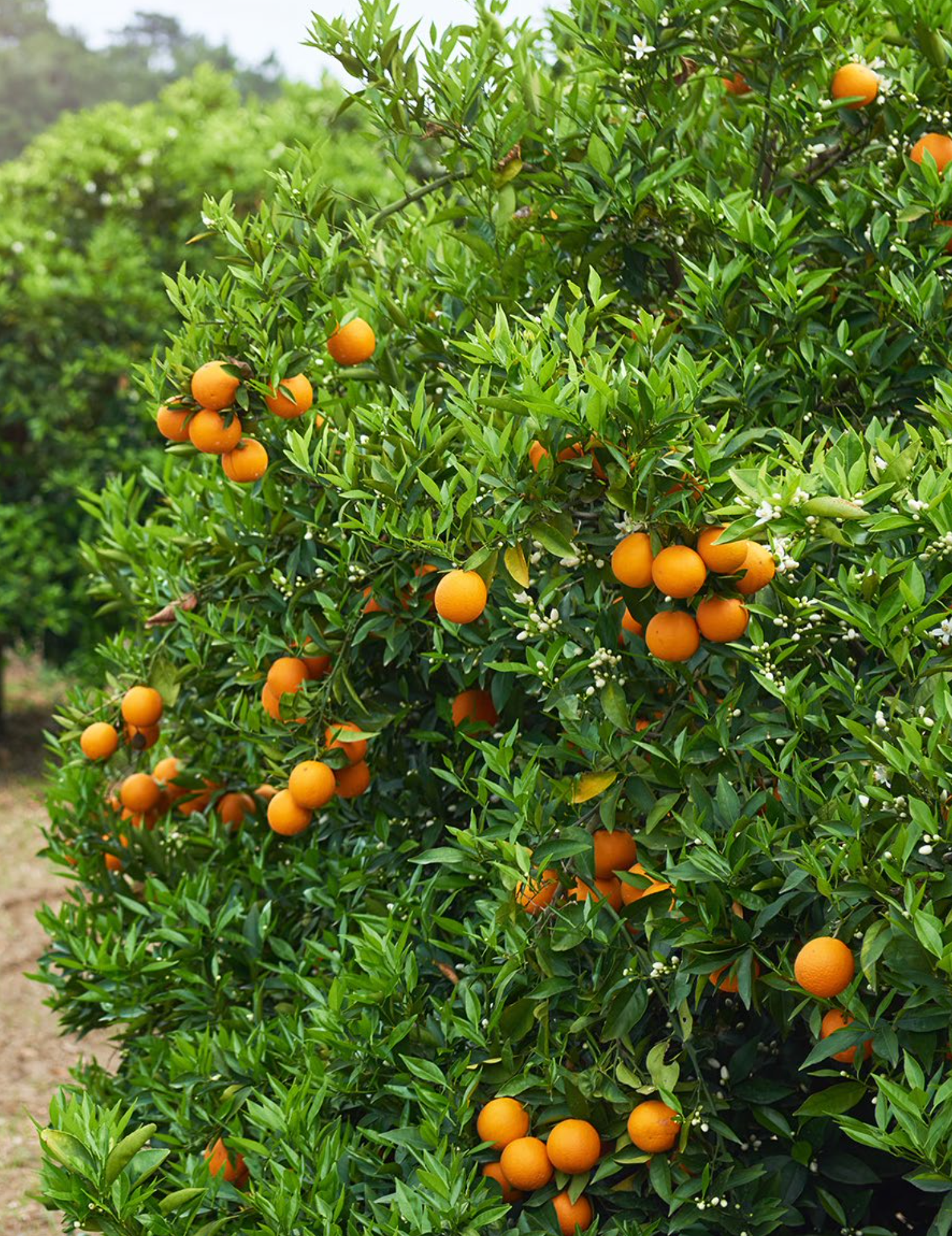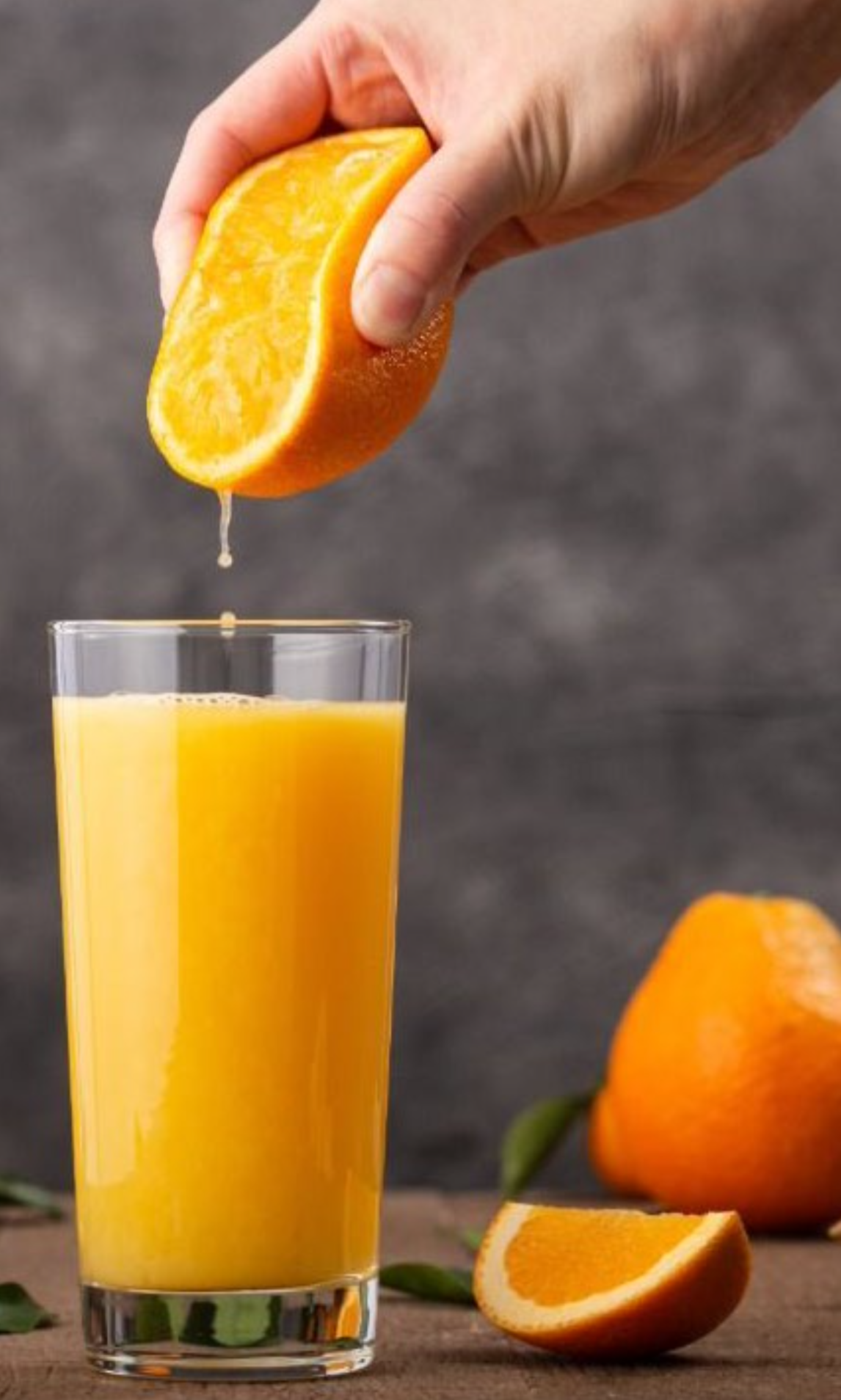BRAZIL
The current estimations on production from the 2022/23 crops in Brazil are ~317 million boxes, which is termed an average-sized crop in the country. However, this outcome is far better than last year’s disaster crop.
Brazil’s Fundecitrus has released an update on production from Brazil’s 2021/22 Orange crops, stating an output of 263 million boxes, down marginally from the previous forecast of 264 million boxes and 11% lower than the initial forecast in May 2021. The weather conditions for the forthcoming crop has been favorable with beneficial temperatures and plenty of rain. The dry season typically occurs in Autumn and Spring in Brazil’s growing regions.
Industry sources indicate that production from the crop will be between 300-340 million boxes, with most analysts predicting 320-330 million boxes. It is unclear how much juice has been traded at the new price levels. Analysts do not anticipate upside risks with pricing in the near term, however, factors such as the BRL/USD currency fluctuations, rising costs of fertilizers, energy, transport and labor could reduce profit margins for the Brazilian producers and continue to put upward pressure on the pricing of juices.
The long-term yield quality could be compromised due to the rising costs of fertilizer, thus pushing farmers to lower their usage of fertilizer. Many buyers have secured their purchases up until the produce of the new crop in September.
The market is awaiting for large European retailers to make their tenders for the May crop yield, other buyers will then look to fix contracts afterwards. The European retailers do not wish to increase prices for juice, hence negotiations with producers this year would be challenging.
Brazilian producers are reportedly not willing to book contracts for long-term delivery until a better understanding of the production from the next crop.
Pricing is expected to remain fairly firm in the medium term, but analysts say that there are enough stocks on the global market to meet demand. Nevertheless, there will be limited volumes of high-ratio supplies available over the next few months. The increased instances of greening disease in Brazil has meant that farmers began harvesting earlier to avoid the fruit dropping – a practice that is also occurring in Florida. In addition, supplies from Southern Brazil have been coming in around two ratio points lower than before due to stocks from younger trees. So the trend of lower ratios looks set to continue for the foreseeable future, say analysts, who add that the supply of NFC juice also looks tight over the next few months.

